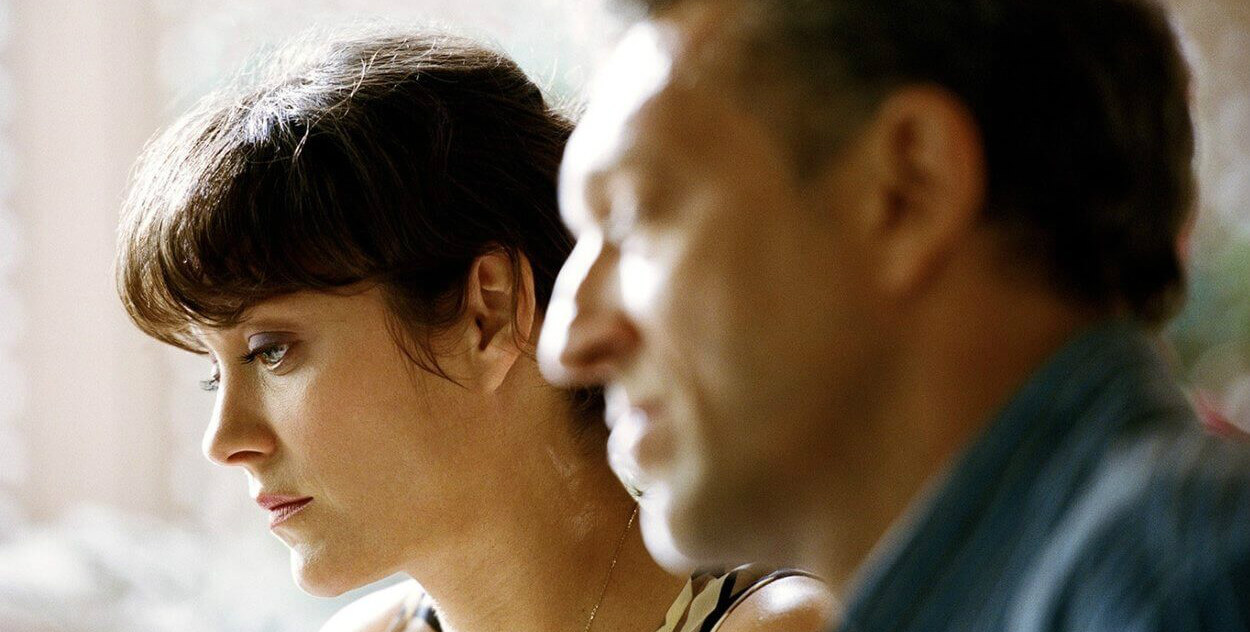It’s Only the End of the World [2016] is Montreal Canadian Xavier Dolan’s newest project adapted from Jean-Luc Lagarce’s stage play of the same name. The film follows Louis (Gaspard Ulliel) who, after a 12-year absence, returns home to visit his estranged mother (Nathalie Baye), siblings Antoine (Vincent Cassel) and Suzanne (Lea Seydoux), and his sister-in-law Catherine (Marion Cotillard).
Let Me Show You What I Can Do… This is Dolan’s 8th directing credit and with a handful of big-name stars, it is perhaps his most ostentatious effort yet and therein lies this film’s fatal flaw. Ostentatious is merely that: it catches the eye and piques curiosity, but when that initial daze subsides, behind the veneer is an inconsequential shell. To that end, End of the World is, at once, both thin and bloated. It’s thin on character building. And it’s thin on story. But what it has no shortage of is an abundance of tight claustrophobic close-up shots of various characters’ faces. End of the World is also replete pregnant pauses and meaningful gazes that have little payoff. Though the intent is twofold in that it firstly functions to emphasize the superb work done by these actors; and, secondly to, as Dolan has said, cut through the density of this stylized dialogue to allow the audience to focus their attention on the emotions expressed on these characters’ faces; the outcome, however, is that End of the World feels over-directed. Dolan’s incessant use of these tight close-up shots leaves the film very little room to breath. Everything is emphasized—with this intention of conveying a sense of importance—but the effect is that nothing actually takes on any importance at all. At what should be pivotal confrontations, the way that Dolan obsessively cuts from character to character—of course, in extreme close—reads as self-indulgent micromanagement because don’t you know? The world is (figuratively) ending and you should absolutely know about it.
Each Unhappy Family is Unhappy In Its Own Way… It gives me no pleasure to write these words as I truly went into End of the World wishing to love it. Yet, somehow Dolan has taken material that should be fairly universally relatable (i.e. dysfunctional families) and made it non-relatable. Perhaps the first strike against End of the World can be found in the film’s central character, Louis, who is as passive as they get. For someone who has made the significant efforts of visiting his estranged family for the first time in 12 years because he needs to tell them a serious piece of news, he sure doesn’t try very hard to get his point across. Louis seems to drift around his childhood home more like a silent spectre who offers up an occasional sly smirk rather than an actual person. To add insult to injury, this family seems to constantly bicker over every minor thing for no apparent reason. There’s no context to ground any of this animosity and conflict. The result is that these familial tensions feel unfounded and spurious. As a creative decision, it is understandable that this is motivated by an effort to demonstrate the toxicity of these relationships: that they cannot simply exist together because every little thing one person does grinds another’s gears and vice versa. And yet, every conflict in a family exists for a reason be it real or imagined. Even when imagined, it is real to the person imagining it. And so conflict needs context, but End of the World never seems to offer any of this. In its 97 minutes of mostly dialogue-based scenes, Dolan’s characters talk a lot, but never really say anything. When asked about the challenges of adapting this play into a film, Dolan speaks of the difficulty of adapting the latter half of the play due to the fact that it is largely dialogue-driven as opposed to plot-driven and this shows. The familial strife in this film comes across as theoretical: like there’s too much-unspoken history left for the audience to infer that, at some point, there’s nothing left for viewers to sink their teeth into anymore.
Credit Where Credit’s Due… So, what is redeeming about End of the World? What is redeeming is that Dolan continues to demonstrate that he has a great eye for images and an even better ear for music.This film looks and sounds phenomenal. It’s a good looking film. But, be warned. Dolan does use that Romanian song colloquially know to everyone as the “Numa Numa” song and it will be stuck in your head for days to come post viewing. (The use of the song is apt, but that doesn’t prevent the song from playing on a loop in your head.) Another respectable aspect of this film is simply the work done by these actors. It is certainly no walk in the park to be filmed in extreme close-up for so much of the film. This does not even begin to account for the dense and emotionally charged dialogue that they deliver with gusto and conviction. Broken into parts, End of the World has many praiseworthy aspects. And yet, this is an instance where the sum is not greater than its parts. As they say: it is beauty that captures attention, but personality that captures the heart; and, whereas End of the World captured my attention, it didn’t quite win over my heart.
The beautiful, if a bit vacant, belle of the ball.

